Shoulder Pain in Athletes
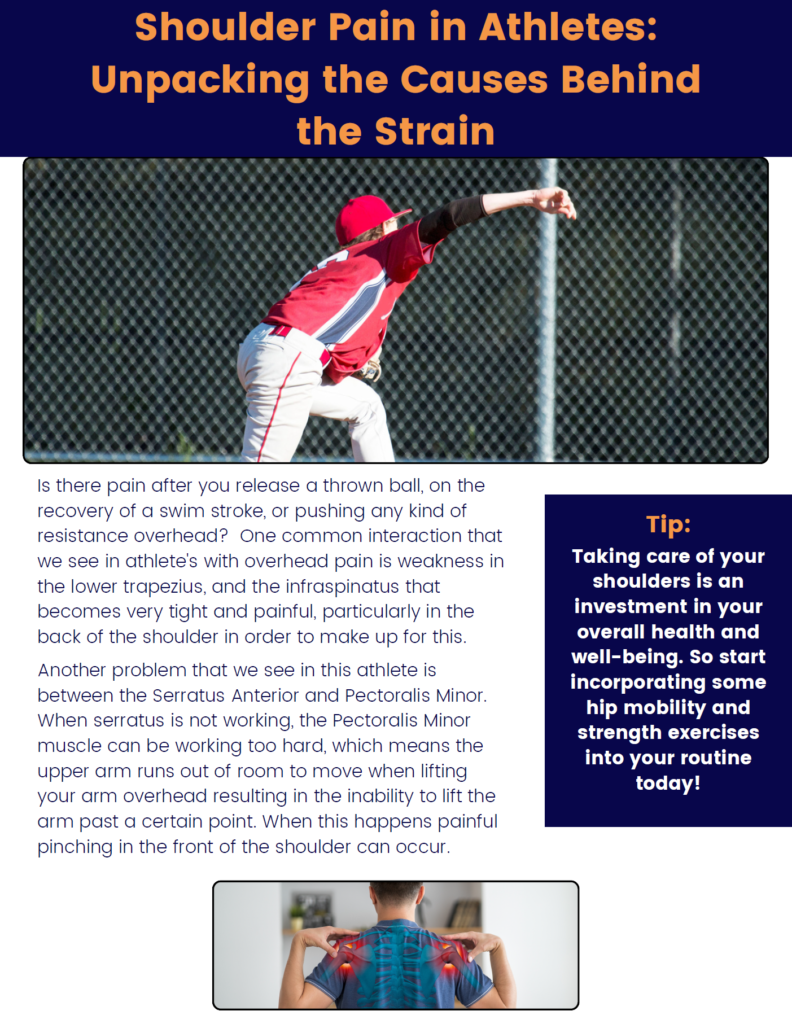
Feeling pain throwing, swimming, or pushing? Check out what could be causing this!
The Basics of ACL Rehab
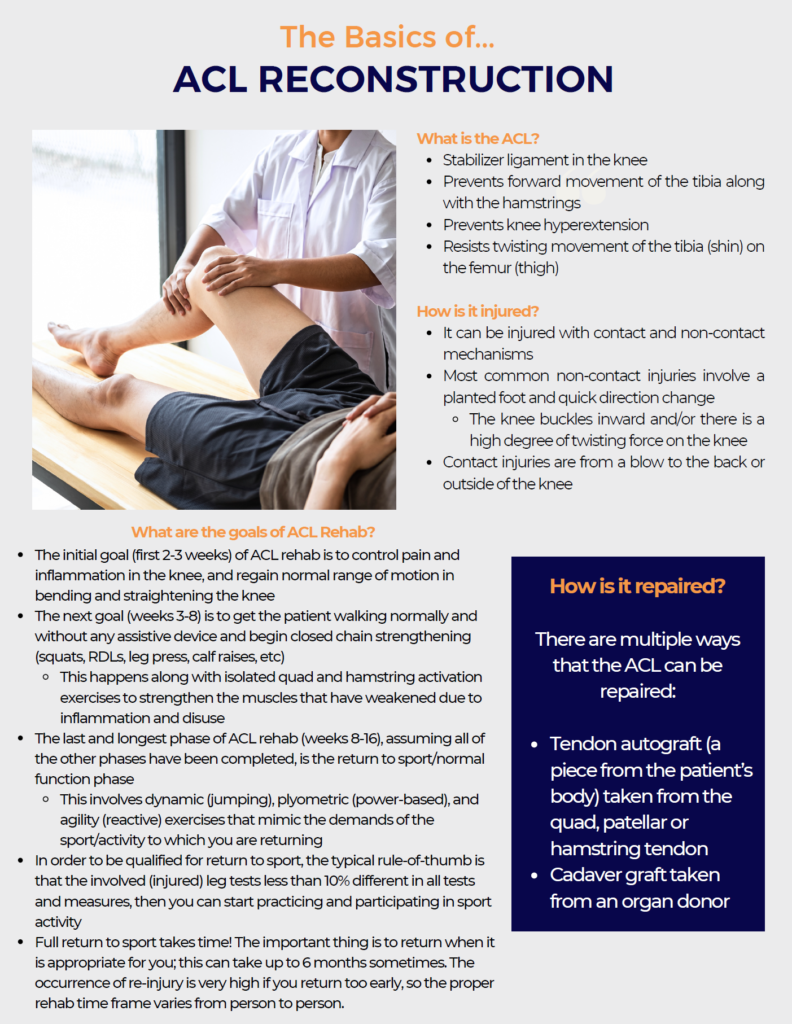
What is ACL Reconstruction and Rehab? Check out this post to learn about the process.
The Benefits of Walking Daily
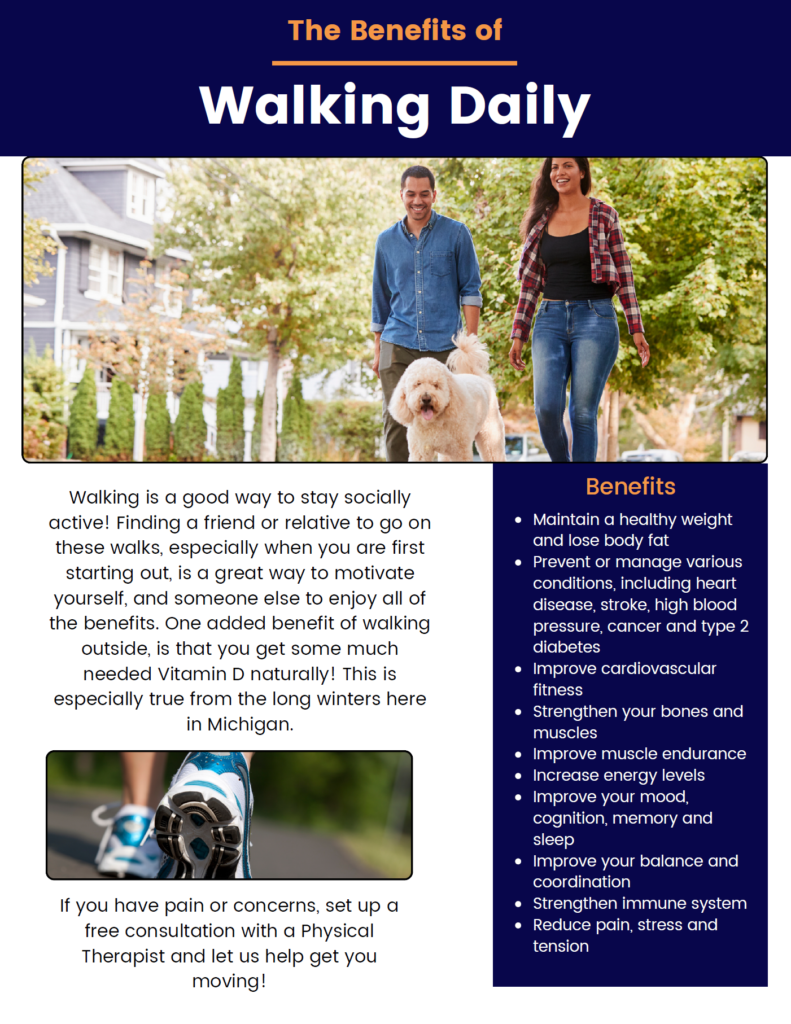
Do you walk daily? Learn more about how walking daily can improve your life
Unveiling Why You Could Be Feeling Weak
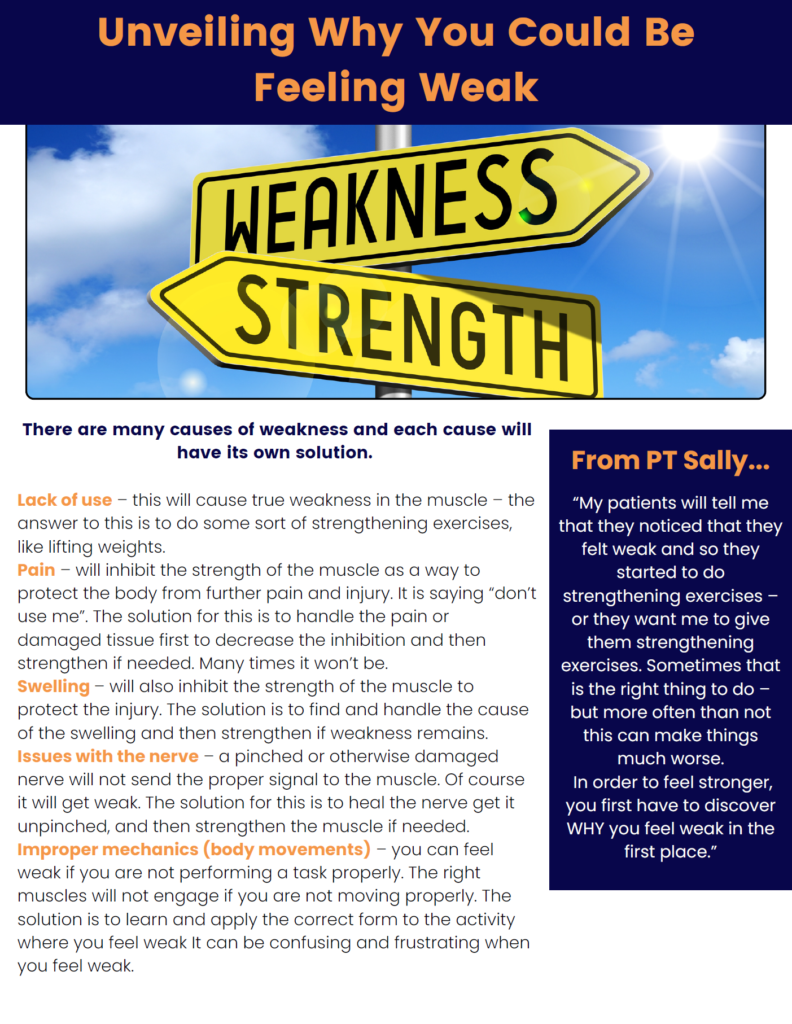
Feeling weak? Check out our blog post about what could be contributing!
Improve Your Hip Mobility & Strength
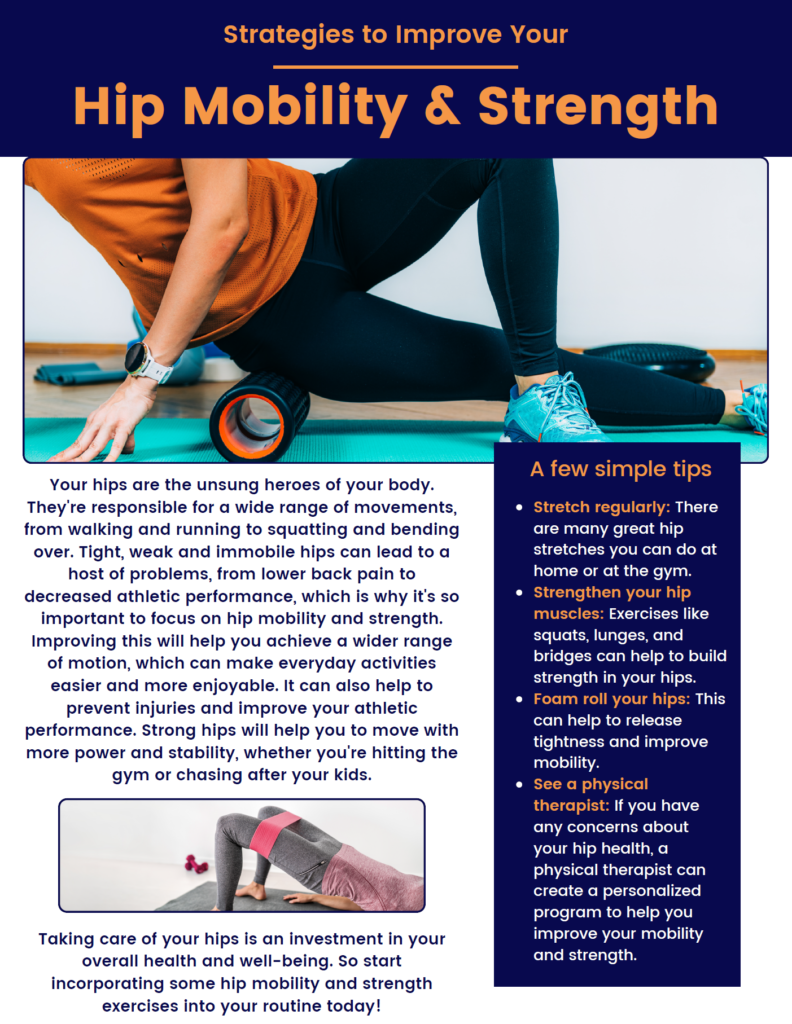
Learn more about strategies to improve your hip mobility and strength
Ice vs. Heat
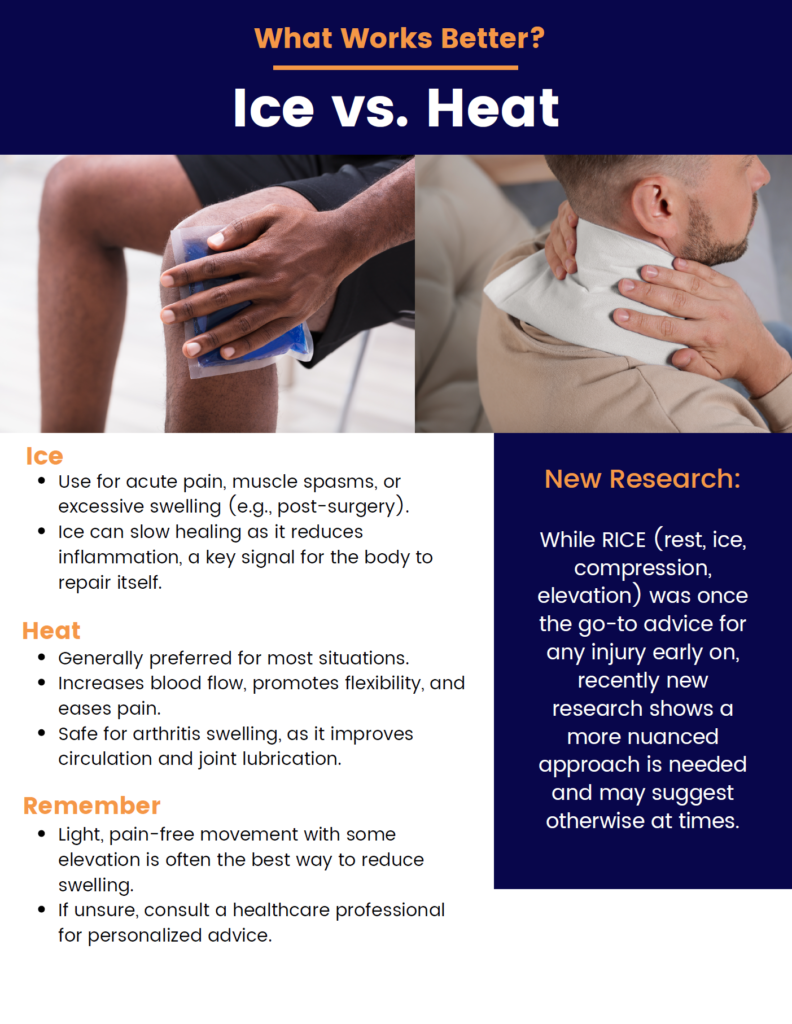
What’s better? Icing or heating? Check out this post about the nuances of when you should ice vs heat an injury.
Navigating Headaches
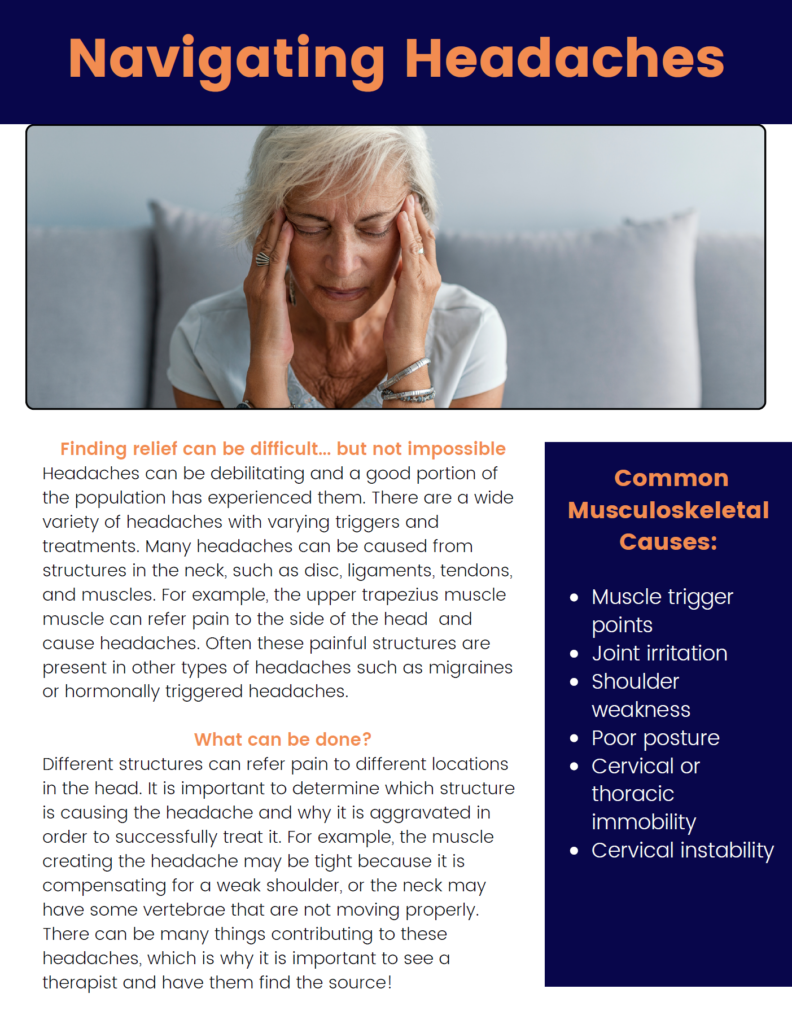
Experiencing headaches? Check this blog out to learn more about causes and remedies!
Are You “Running” Into Knee Pain?
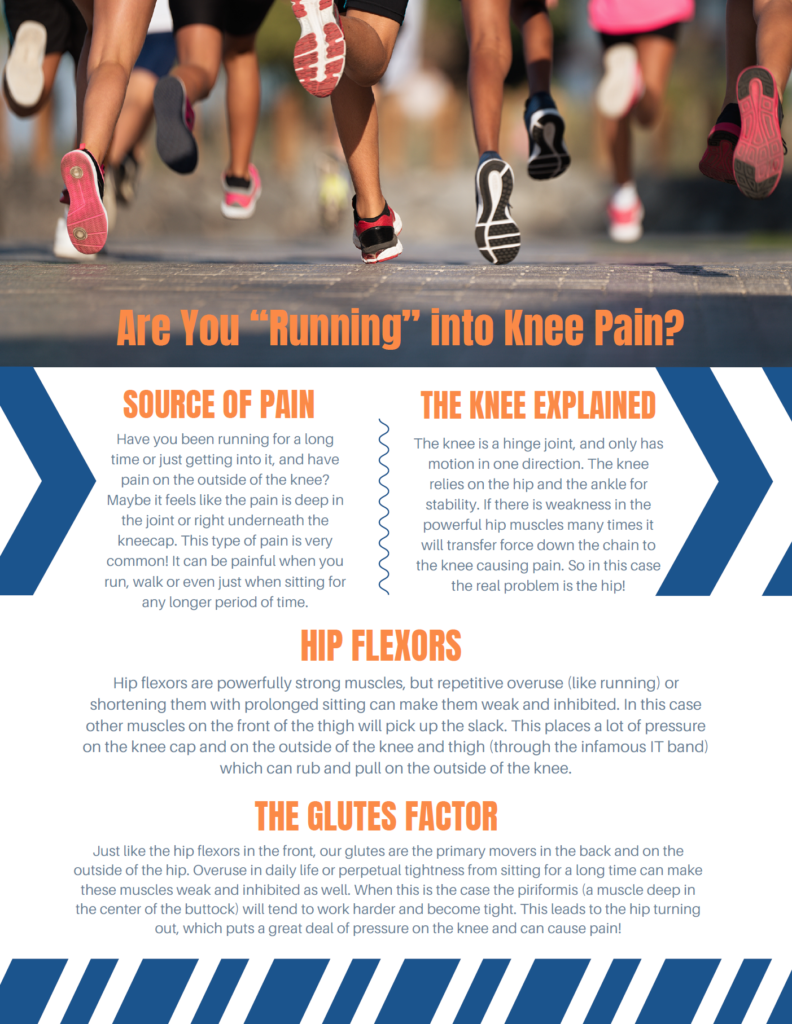
Learn more about why you may be experiencing knee pain and what you can do about it!
Shin Splints
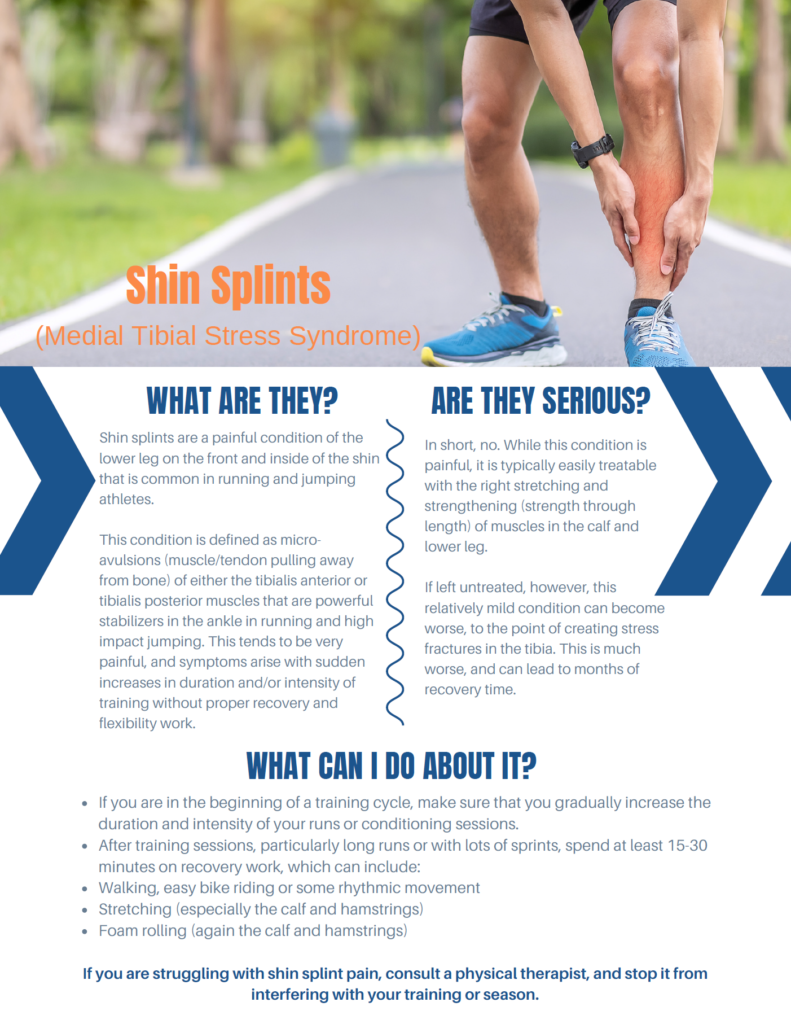
Experiencing pain in your lower leg on the front and inside of your shin? Check out this blog for some remedies!
Stretching: Mastering the Basics
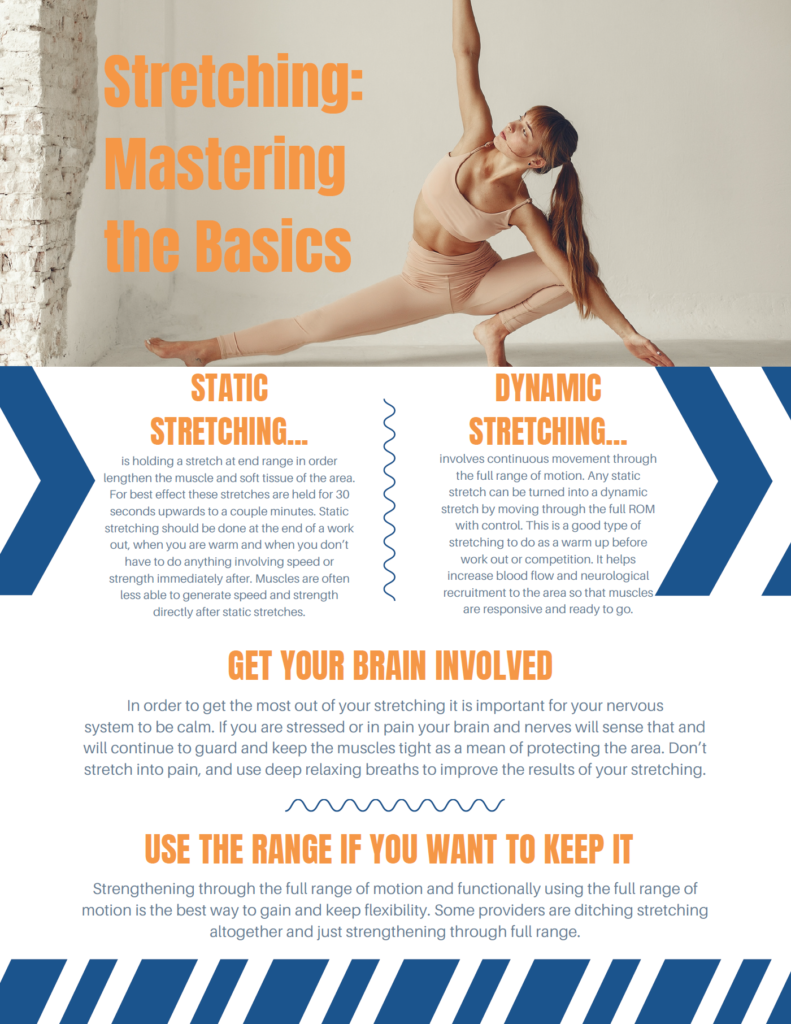
Check out this blog to learn about the benefits of dynamic and static stretching!


